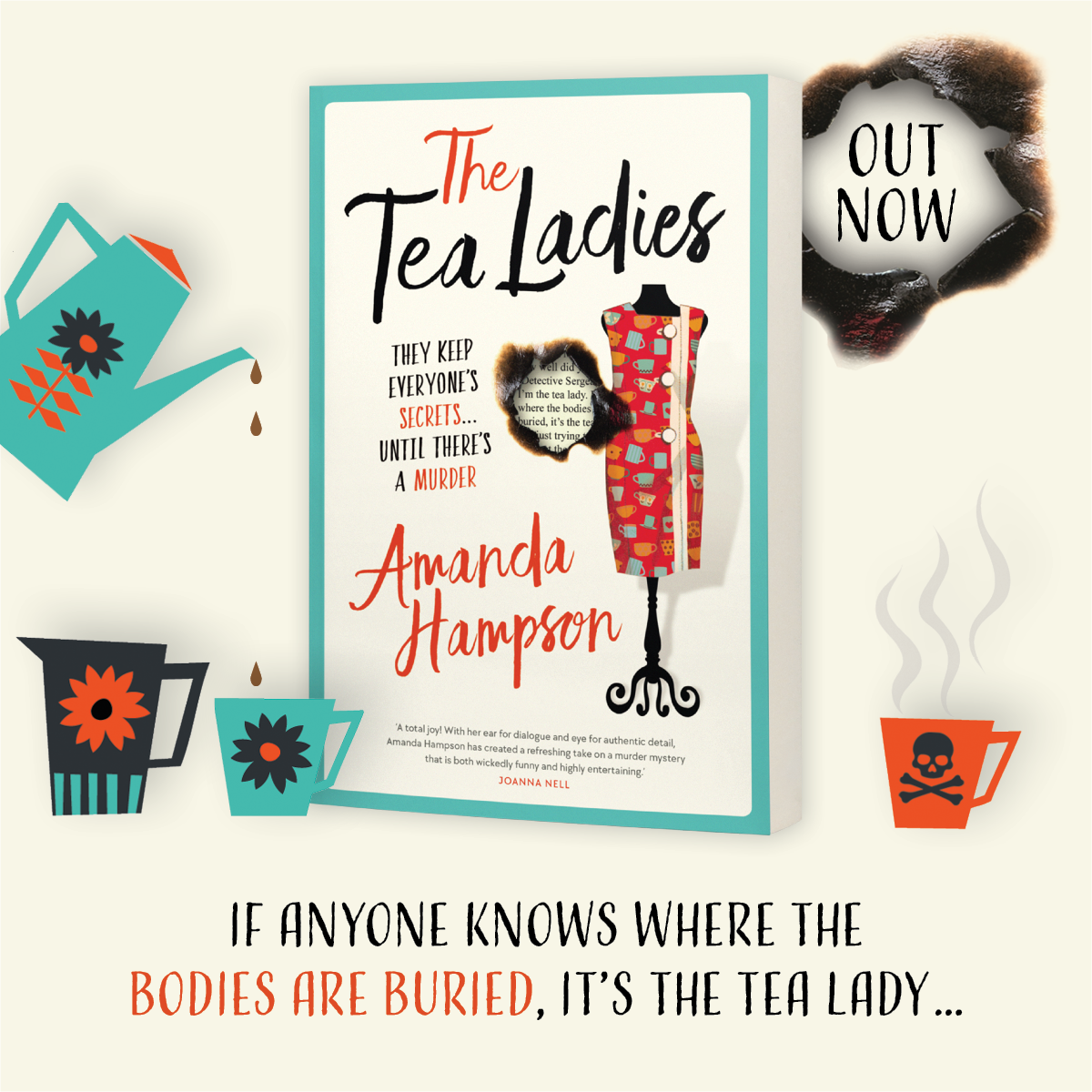The Rise & Fall of the Tea Lady: a brief history
Tea ladies were important members of office culture from the early 20th century. They were a source of comfort and cheer providing steaming cups of tea and biscuits to office and factory workers. But who were these tea ladies and how did they come to be a part of our workday routines?
The Origins of the Tea Lady
The tea lady role can be traced back to the Victorian era, where tea was a symbol of social status and hospitality. At the time, servants were employed to make tea for their employers in their homes. As offices became more common, so too did the need for a similar service. By the early 1900s, tea ladies were a common sight in offices making their rounds with a tea trolley and workers would gather around to chat.
The Rise of the Tea Lady
As the 20th century progressed, the tea lady's role expanded beyond just making tea. She became a trusted confidant, a source of gossip and a welcome face in the workplace. She was a capable older woman, dispensing wisdom and advice alongside the refreshments, and respected at all levels of the company. In smaller offices, she may also bake scones or cakes and even sell cigarettes on her rounds.
The Decline of the Tea Lady
In the early 1970s, offices became more modern and automated, and the tea lady's role gradually became redundant. The advent of instant coffee and vending machines meant that there was no longer a need for someone to make tea for the office and many businesses preferred that solution. The tea lady slowly disappeared, and with her went a piece of office culture and tradition.
The Legacy of the Tea Lady
The tea lady is fondly remembered as more than someone who made tea. She was a beloved figure, a source of comfort. Today, we may not have tea ladies in our offices, but their legacy lives on in the tradition of the tea break. So, next time you take a sip of tea, raise a cup to the tea ladies of the past who brought comfort and camaraderie into the office.
The Tea Ladies by Amanda Hampson
A wickedly witty cosy crime novel set in Sydney in the swinging sixties, ideal for fans of Richard Osman and Bonnie Garmus.


